
We provide psychiatry education for Psychiatrists, GPs & Mental Health Practitioners. • Join The Academy 👇
3 subscribers
How to get URL link on X (Twitter) App


 The Neural Substrate of “Emotion”
The Neural Substrate of “Emotion”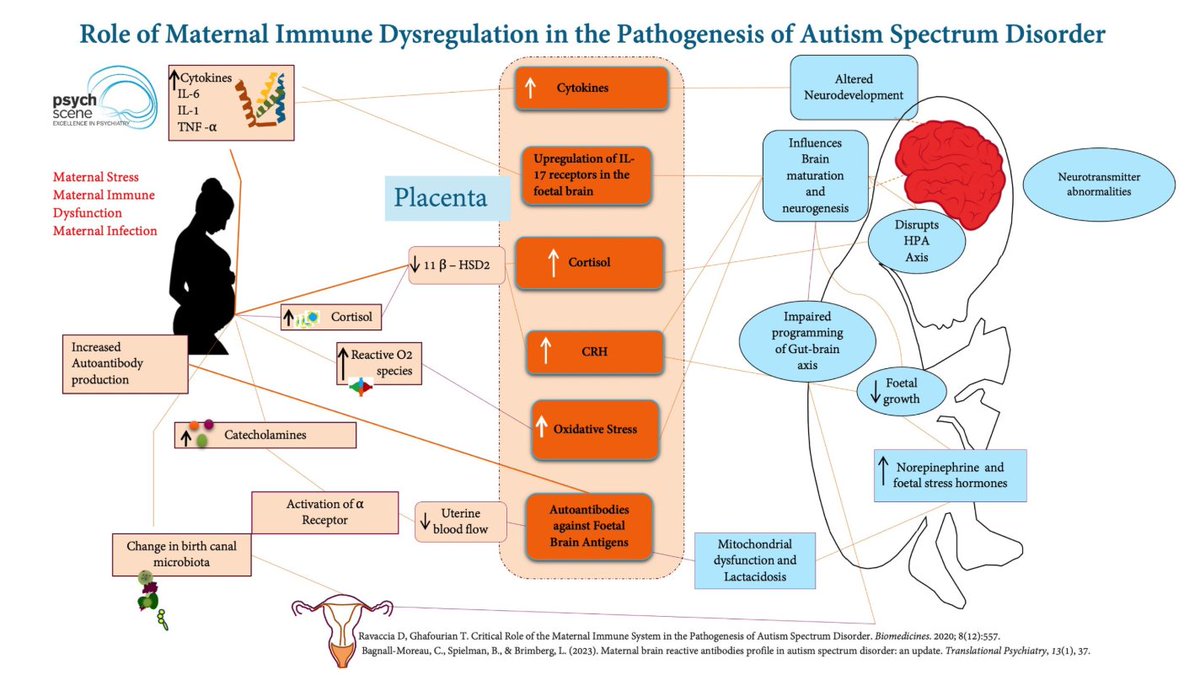
 The Connectivity Paradox
The Connectivity Paradox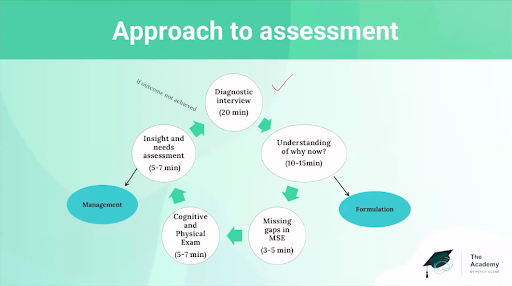
 1. Formulation is not reflective writing, it is the architecture of care.
1. Formulation is not reflective writing, it is the architecture of care.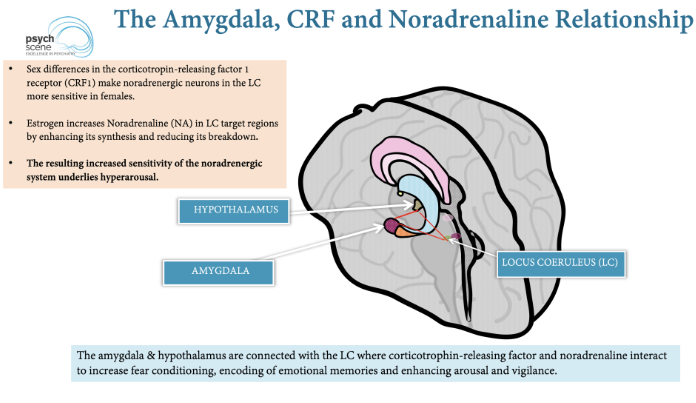
 The Female CRF Substrate
The Female CRF Substrate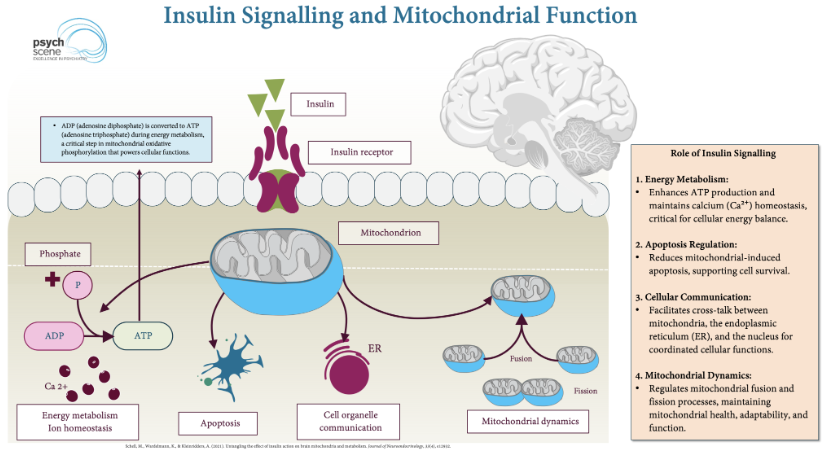
 The brain is metabolically demanding.
The brain is metabolically demanding.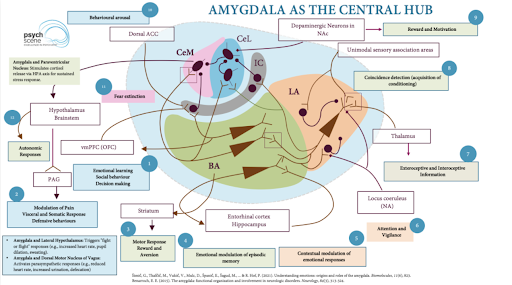
 Most people exposed to trauma do not develop PTSD.
Most people exposed to trauma do not develop PTSD.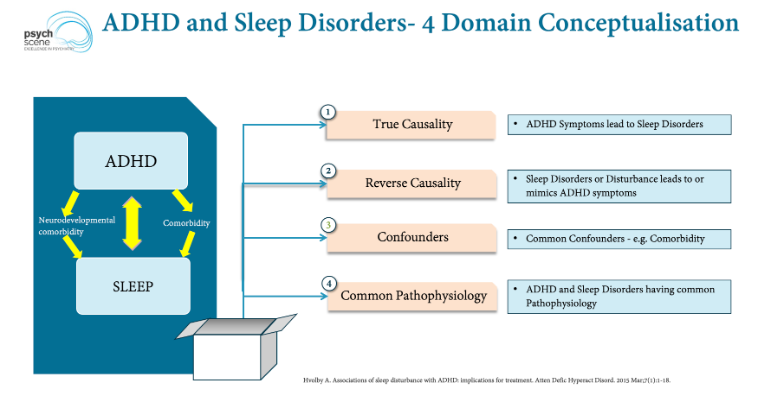
 Some often assume sleep issues in ADHD—such as delayed onset, bedtime resistance, and irregular sleep-wake patterns—are "behavioural," the result of poor routine or bedtime procrastination.
Some often assume sleep issues in ADHD—such as delayed onset, bedtime resistance, and irregular sleep-wake patterns—are "behavioural," the result of poor routine or bedtime procrastination.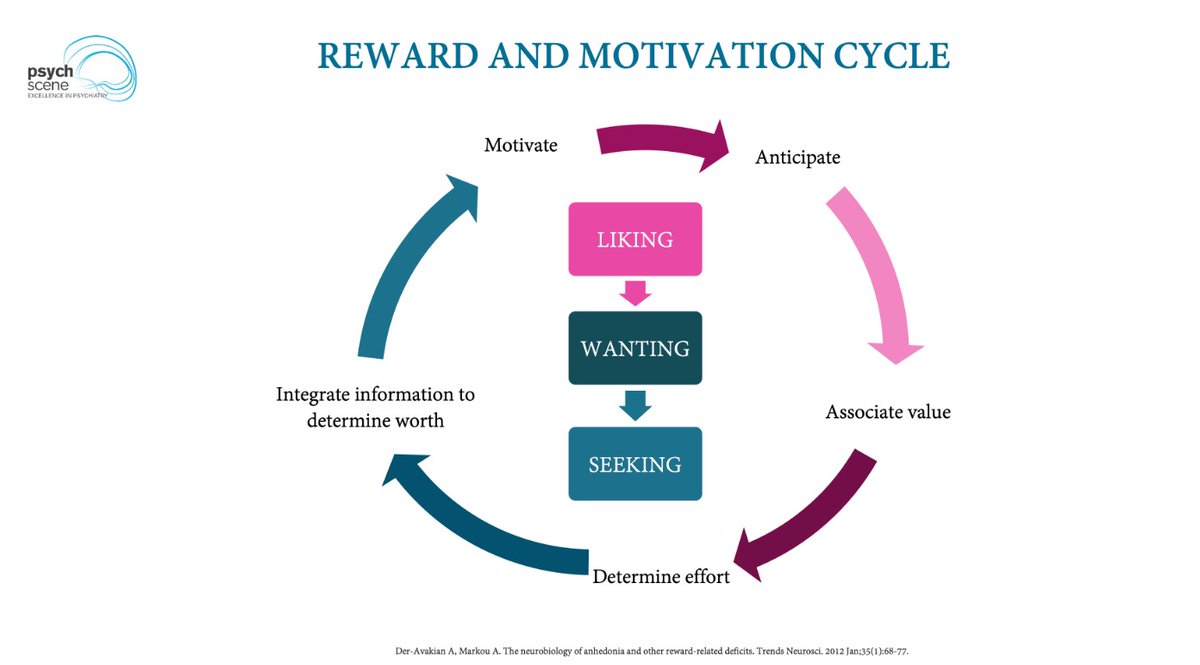
 1) Reward Deficiency Syndrome (RDS) Theory
1) Reward Deficiency Syndrome (RDS) Theory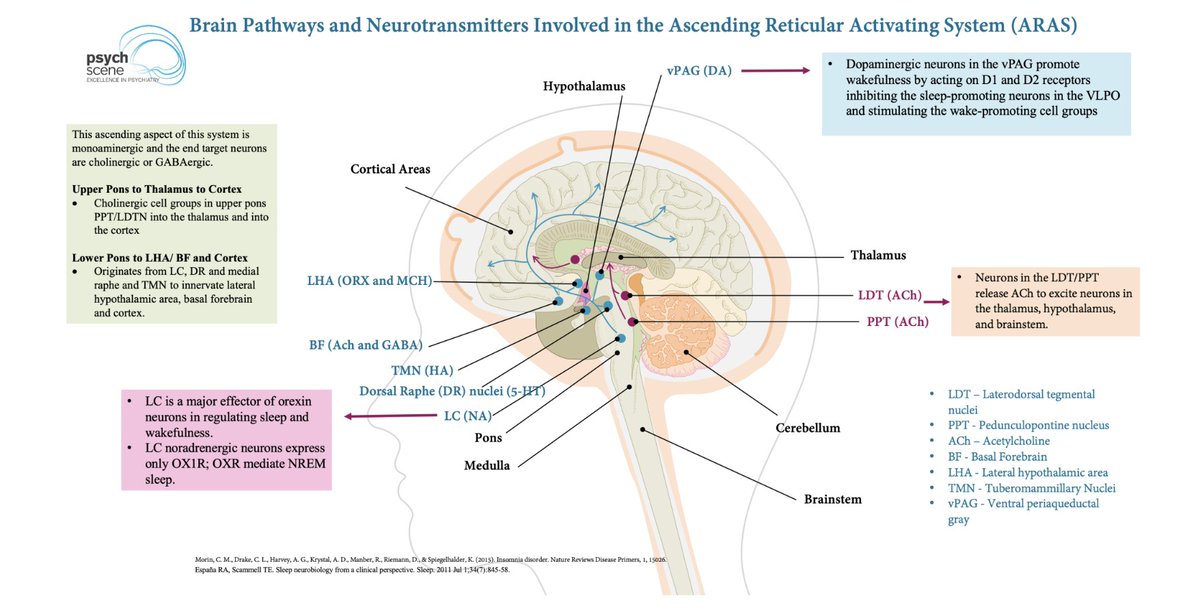
 Consciousness has two separable components:
Consciousness has two separable components: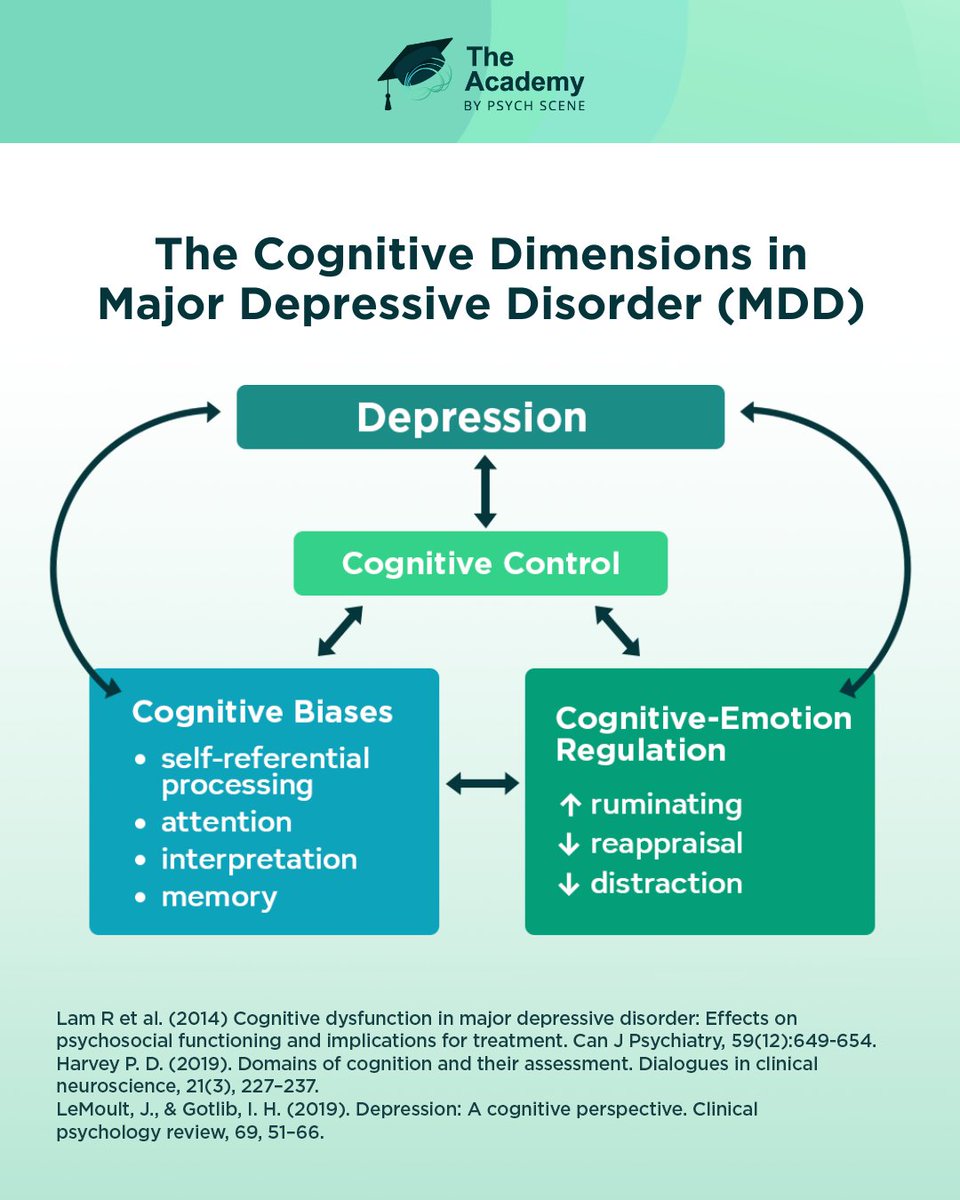
 1. Residual Cognitive Symptoms
1. Residual Cognitive Symptoms
 Sleep disturbances are the rule, not the exception, in ADHD.
Sleep disturbances are the rule, not the exception, in ADHD.
 ASD is highly heritable, but early life nudges—delivery mode, feeding, antibiotics, maternal metabolic health—can shift the microbiome and immune tone.
ASD is highly heritable, but early life nudges—delivery mode, feeding, antibiotics, maternal metabolic health—can shift the microbiome and immune tone. 
 Familiar instability can become the norm.
Familiar instability can become the norm.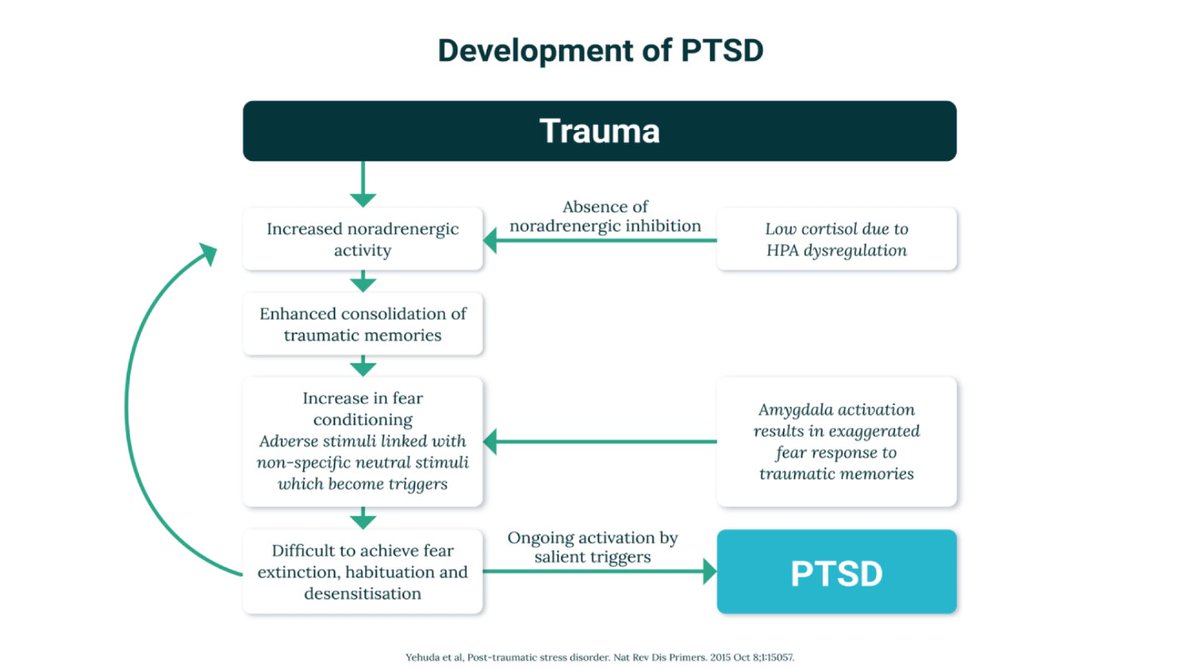
 The Integrated Model of PTSD highlights these networks:
The Integrated Model of PTSD highlights these networks:
 #1: Global Brain Volume Reduction
#1: Global Brain Volume Reduction

 Nature of Anxiety.
Nature of Anxiety.
 ADHD is diagnosed far more often in males than females.
ADHD is diagnosed far more often in males than females.
 Mechanism of Action
Mechanism of Action

 Background:
Background:
 Lithium is a unique agent that has been used for over half a century for the treatment of bipolar affective disorder.
Lithium is a unique agent that has been used for over half a century for the treatment of bipolar affective disorder.